Table of Contents
Maximizing Efficiency with Proper Label Placement
Labeling machines are an essential tool for businesses looking to streamline their packaging process and ensure accurate labeling on their products. However, using a labeling machine efficiently requires proper technique and attention to detail. In this article, we will discuss some tips for maximizing efficiency with proper label placement.
One of the most important aspects of using a labeling machine effectively is ensuring that the labels are placed accurately on the products. This not only enhances the overall appearance of the product but also helps to convey important information to consumers. To achieve this, it is crucial to properly calibrate the labeling machine before use. This involves adjusting the settings to ensure that the labels are applied in the correct position and orientation on the product.
In addition to calibration, it is also important to consider the type of label being used. Different labels may require different settings on the labeling machine to ensure proper placement. For example, labels with a glossy finish may require a slower application speed to prevent smudging, while labels with a matte finish may require a higher application speed for optimal adhesion.
Another tip for maximizing efficiency with proper label placement is to ensure that the products are properly aligned on the conveyor belt before they reach the labeling machine. This helps to prevent misalignment and ensure that the labels are applied accurately. Additionally, it is important to regularly clean and maintain the labeling machine to prevent any issues that may affect label placement.
When using a labeling machine, it is also important to consider the size and shape of the products being labeled. Some products may have irregular shapes or surfaces that can make it challenging to apply labels accurately. In these cases, it may be necessary to use specialized labeling equipment or techniques to ensure proper label placement.
Furthermore, it is important to consider the environment in which the labeling machine is being used. Factors such as temperature, humidity, and dust can all affect the performance of the labeling machine and the adhesion of the labels. It is important to ensure that the labeling machine is operating in a clean and controlled environment to prevent any issues with label placement.
In conclusion, proper label placement is essential for maximizing efficiency when using a labeling machine. By following these tips and paying attention to detail, businesses can ensure that their products are accurately labeled and convey important information to consumers. Calibration, label type, product alignment, and environmental factors all play a role in achieving optimal label placement. With proper technique and attention to detail, businesses can streamline their packaging process and enhance the overall appearance of their products.
Troubleshooting Common Labeling Machine Issues
Labeling machines are an essential tool for businesses in various industries, as they help streamline the packaging process and ensure products are properly labeled. However, like any piece of equipment, labeling machines can encounter issues that may disrupt production. In this article, we will discuss some common labeling machine problems and provide tips on how to troubleshoot them effectively.
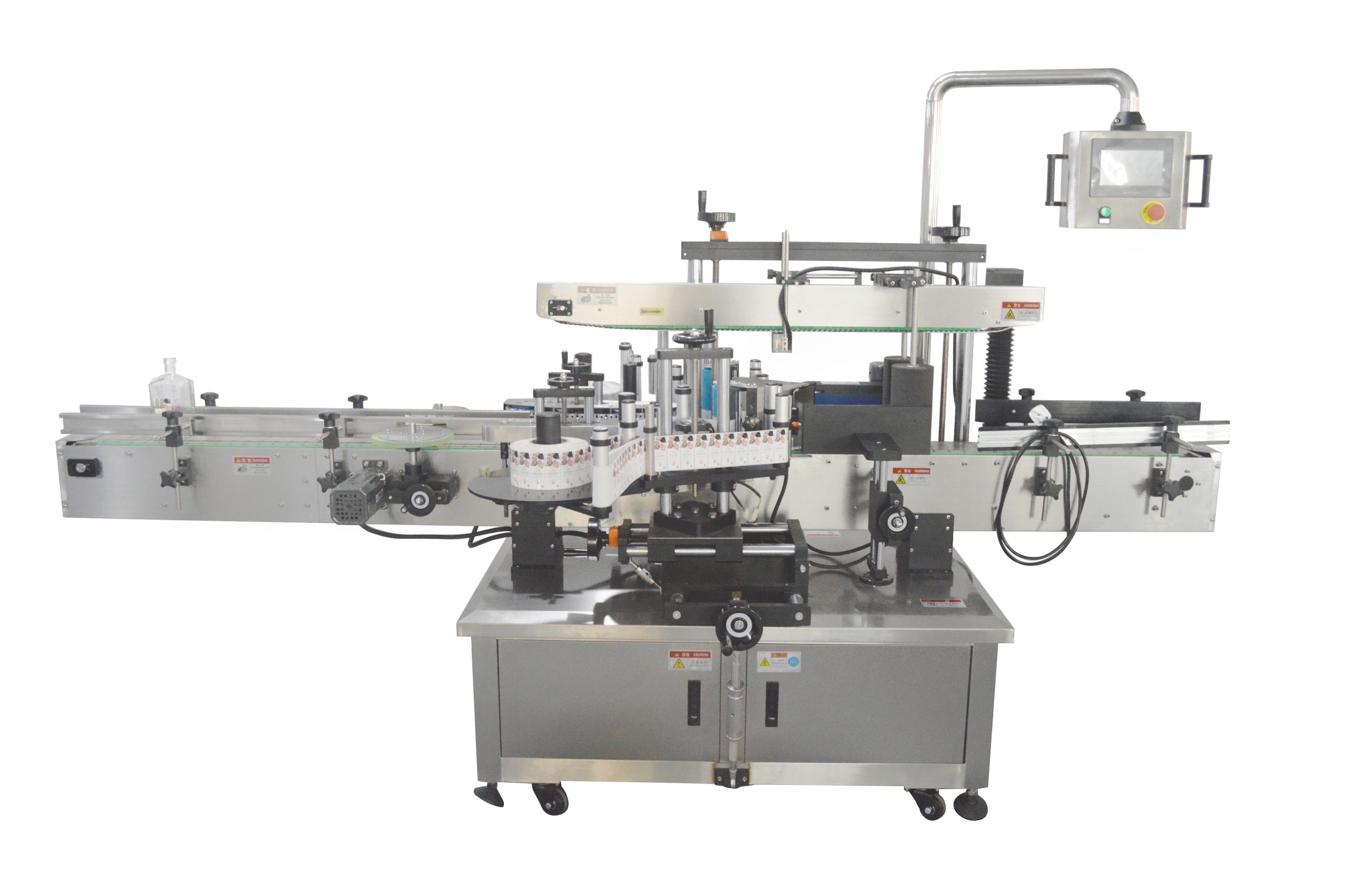
One of the most common issues with labeling machines is misalignment. This can occur when the label is not applied straight or is placed too high or too low on the product. To address this problem, it is important to check the alignment of the label roll and adjust it if necessary. Additionally, make sure the product is properly positioned on the conveyor belt before the label is applied.
Another common problem is label wrinkling or bubbling. This can happen if the label is not applied smoothly or if there is excess air trapped underneath. To prevent this issue, make sure the label is fed through the machine properly and that the rollers are adjusted to apply even pressure. If wrinkles or bubbles still occur, try adjusting the speed of the machine or the tension of the label roll.
In some cases, labels may not stick properly to the product, leading to peeling or falling off. This can be caused by a variety of factors, such as improper adhesive or surface contamination. To address this issue, make sure the adhesive used is suitable for the product material and that the surface is clean and dry before applying the label. Additionally, check the temperature and humidity levels in the production area, as these can affect the adhesive’s effectiveness.
Another common problem with labeling machines is jamming. This can happen if the label roll is not loaded correctly or if there is debris or adhesive buildup on the rollers. To prevent jams, make sure the label roll is loaded straight and that there are no obstructions in the machine’s path. Regularly clean the rollers and other components to remove any buildup that may cause issues.
Sometimes, labels may be printed incorrectly, leading to errors in product information or barcodes. To avoid this issue, double-check the label design and settings before printing to ensure accuracy. Additionally, regularly calibrate the printer and perform test prints to verify the quality of the labels.
Overall, proper maintenance and regular inspections are key to preventing and addressing labeling machine issues. By following these tips and troubleshooting techniques, businesses can ensure their labeling machines operate smoothly and efficiently, minimizing downtime and maximizing productivity. Remember to consult the machine’s manual for specific troubleshooting instructions and reach out to the manufacturer for assistance if needed. With proper care and attention, labeling machines can continue to be a valuable asset in the packaging process.

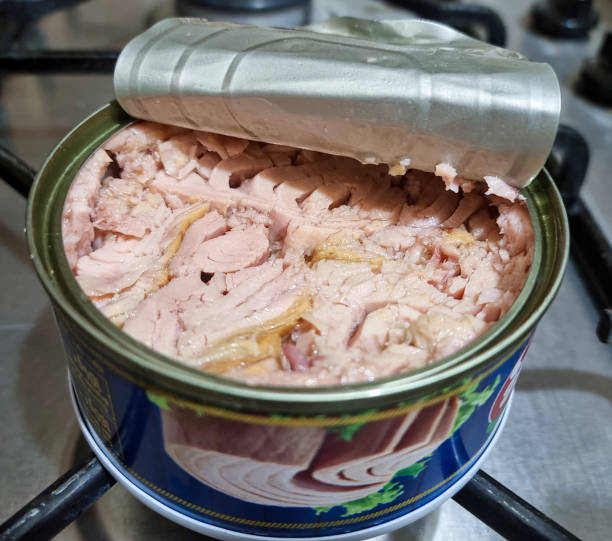

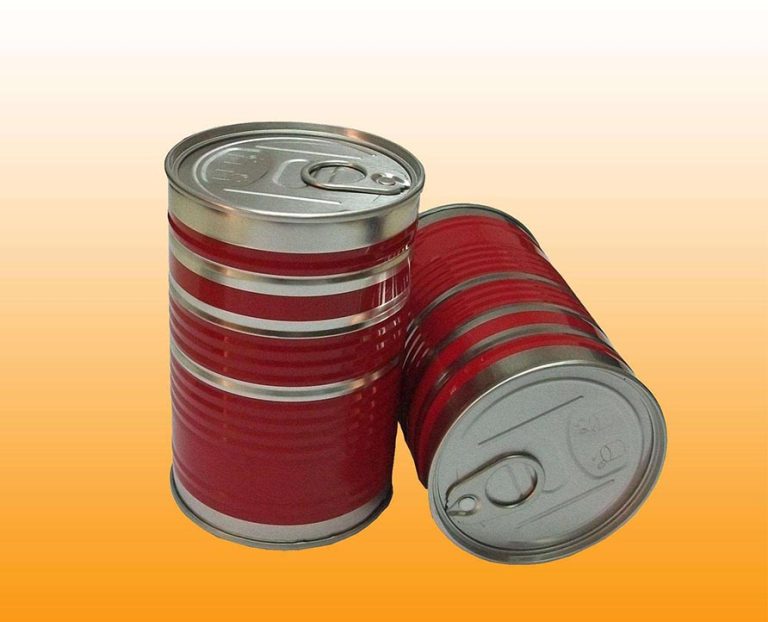
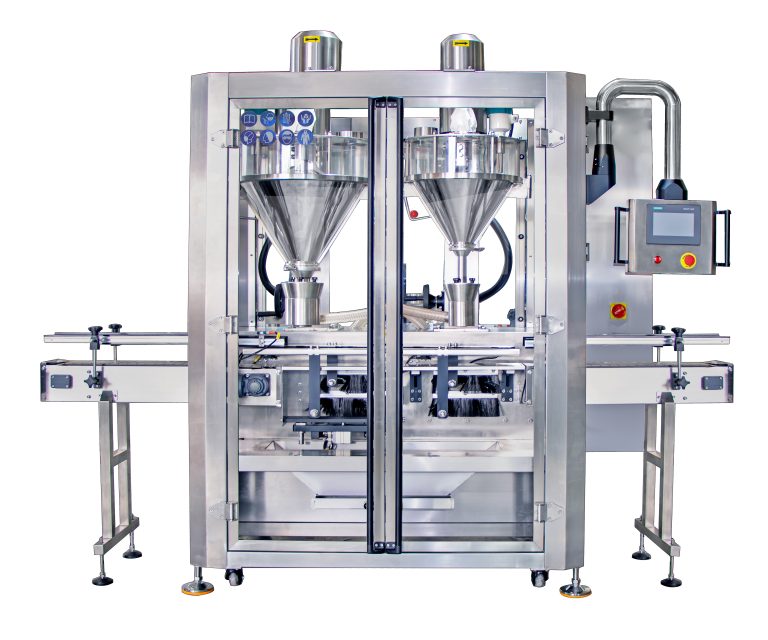
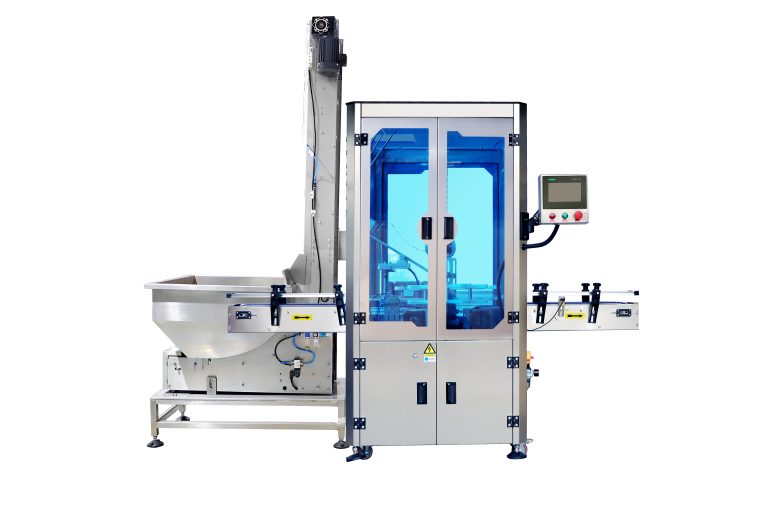
-768x622.jpg)